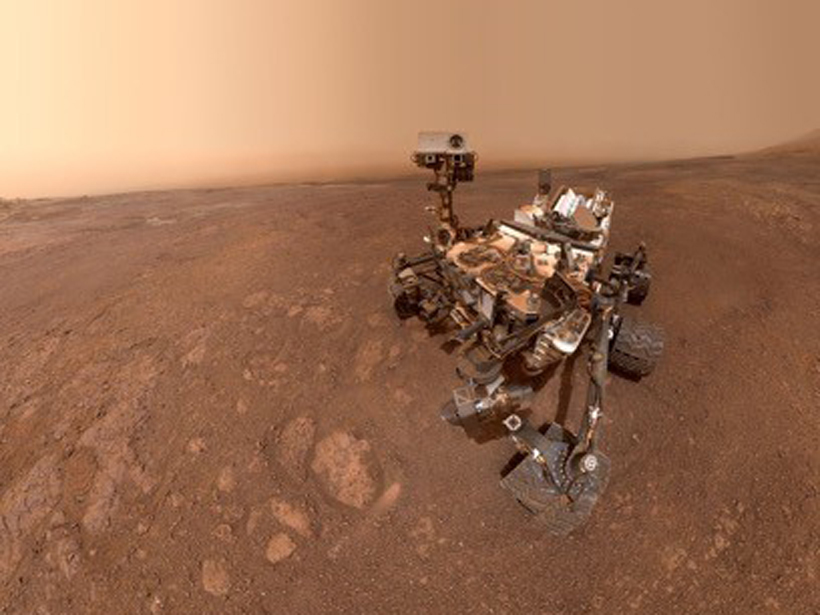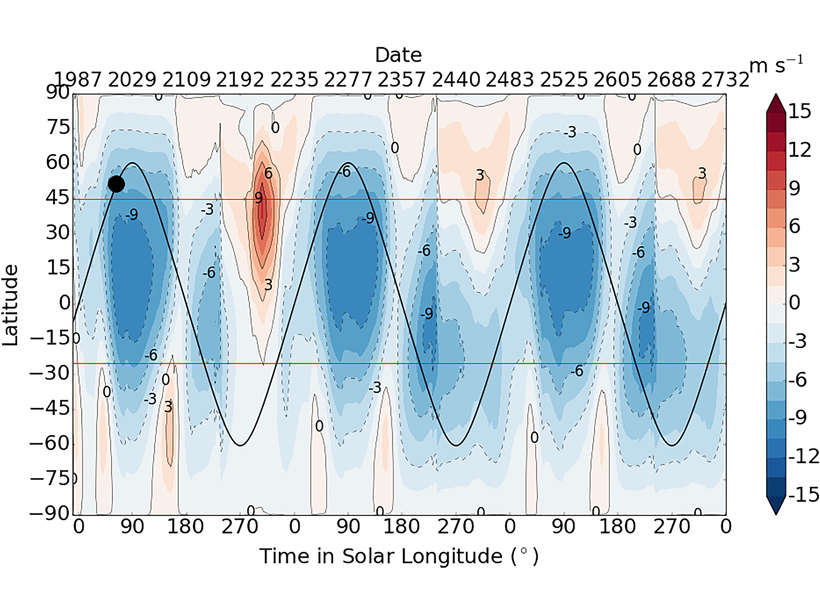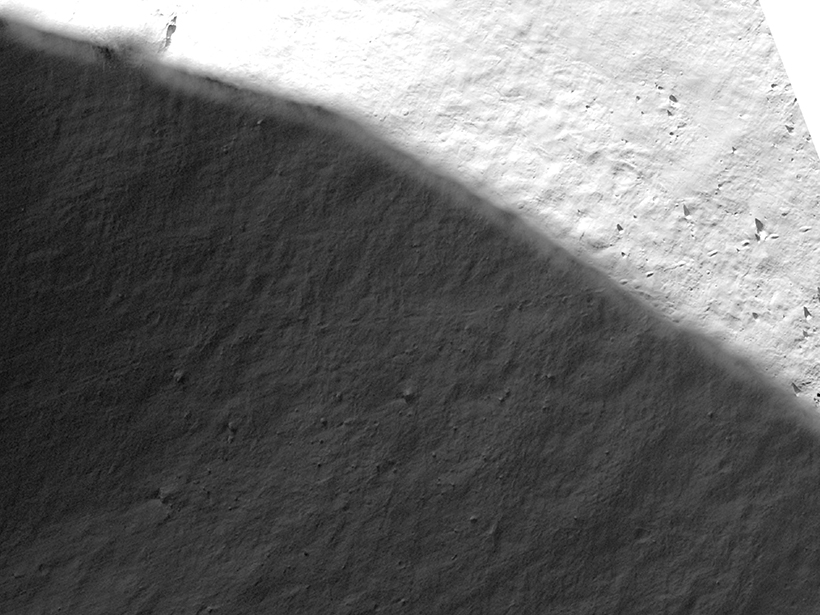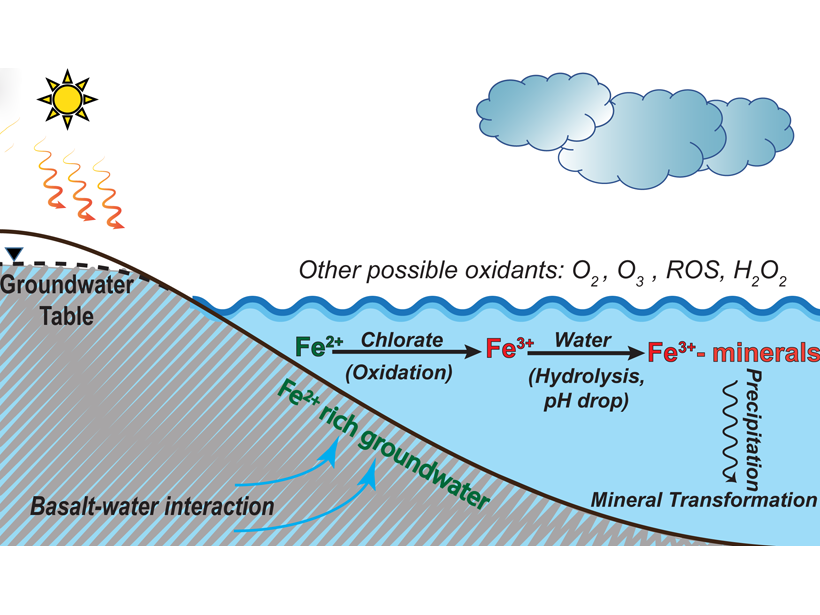A new study of small impact craters at Mars landing sites suggests that active processes degrade and infill depressions at similar rates in locations separated by thousands of kilometers.
Journal of Geophysical Research: Planets
Megaripple Migration Offers Insights into Martian Atmosphere
The movement of large sand ripples, documented for the first time, suggests Mars is windier than we thought.
Curiosity Solves the Mystery of Gale Crater’s Hematite Ridge
A new special issue of JGR: Planets details the water-rich history of a distinctive geomorphic feature on Mars dubbed Vera Rubin ridge, as investigated by the Curiosity rover.
Lifting the Veil on Martian Dust Storms
A special collection in JGR Planets presents insights from a long-awaited global dust storm on Mars in 2018 that was closely scrutinized by five orbiting and two landed spacecraft.
Capturing Pluto’s Heartbeat in a Computer
Unprecedented global climate model simulations, incorporating observational data from the New Horizons mission, reveal atmospheric circulations driven by a large ice cap on Pluto.
The Stuff That Psyche Is Made Of
The metallic asteroid Psyche appears to contain more rock than previously thought, shedding new light on possible scenarios for its formation in the early solar system.
Ryugu: A Not So Magnetic Asteroid
When the lander MASCOT, carried by Hayabusa2, touched down on asteroid Ryugu, it did not detect a magnetic field, even though meteorites that are spectroscopically similar to Ryugu have trace of one.
Shedding Light on the Darkest Regions of the Moon
An international team of researchers is analyzing boulder tracks to learn more about some of the most elusive regions on the Moon.
Why Is the Red Planet Red? Chlorate May Oxidize Mars’ Surface
Laboratory experiments and geochemical model suggest that chlorate is very effective to oxidize reducing iron to reddish iron oxides on Mars when liquid water was present on the surface.
Curiosity Rover Reveals Oxygen Mystery in Martian Atmosphere
An air-sampling study has captured long-term trends in the concentrations of five key atmospheric gases for the first time.










